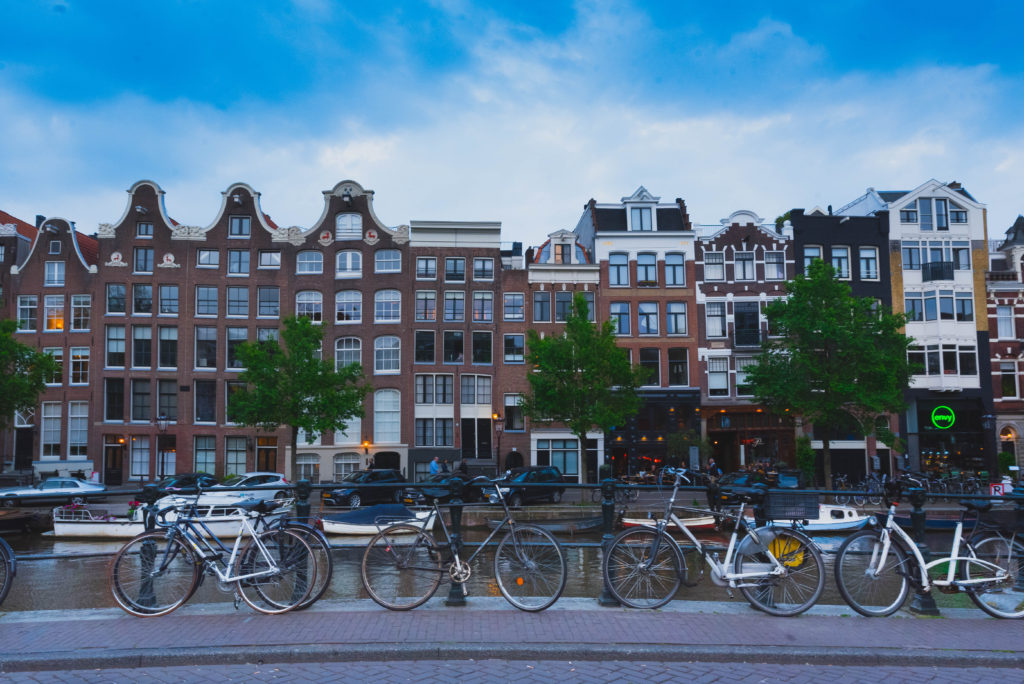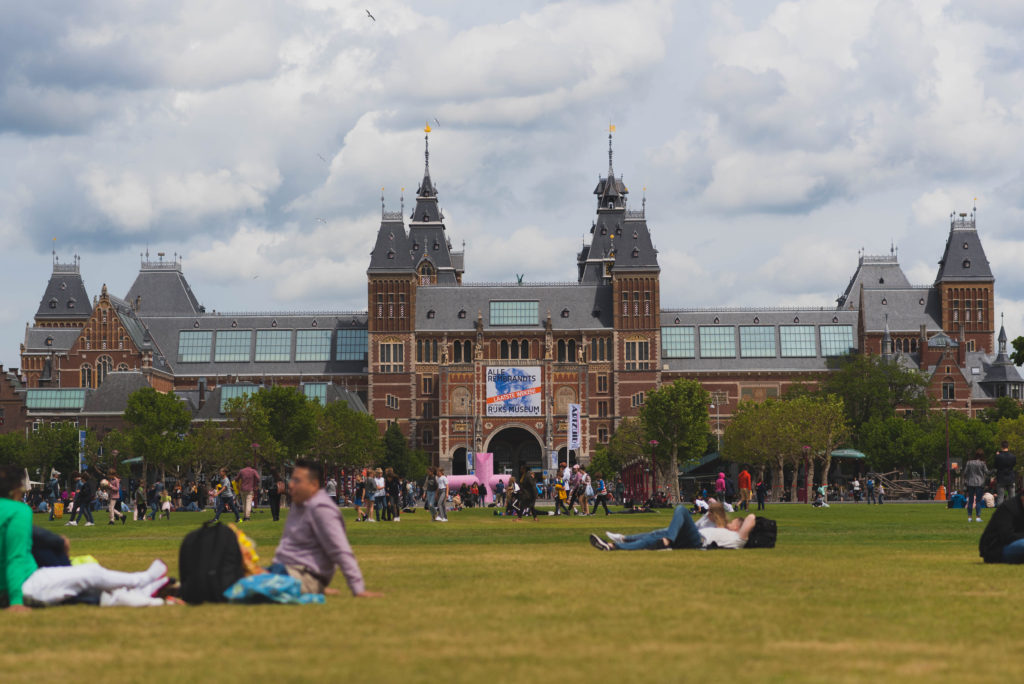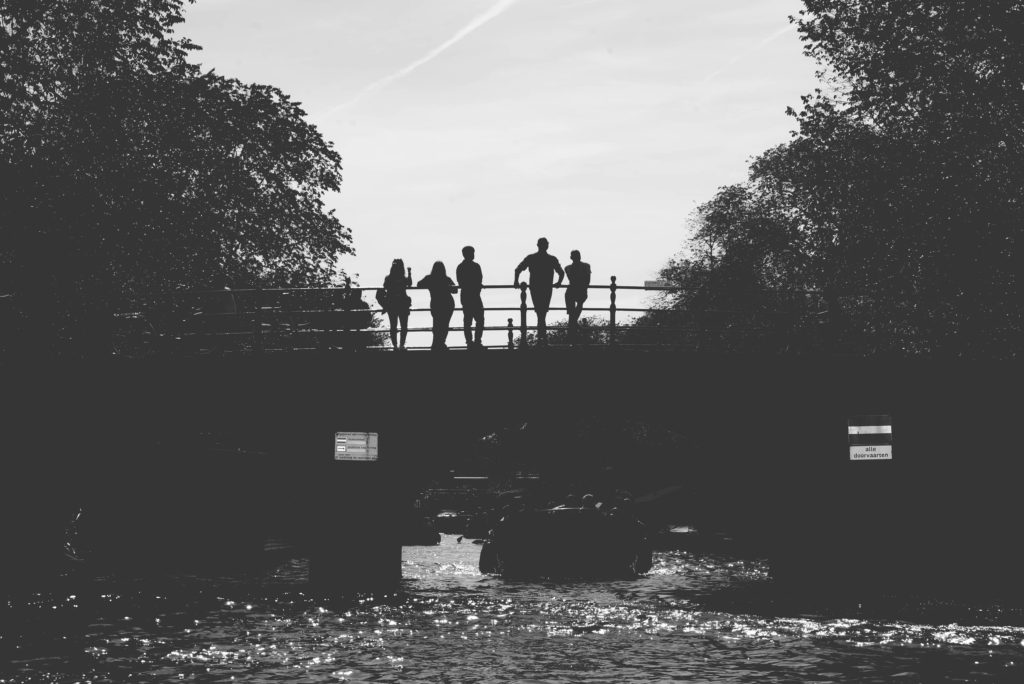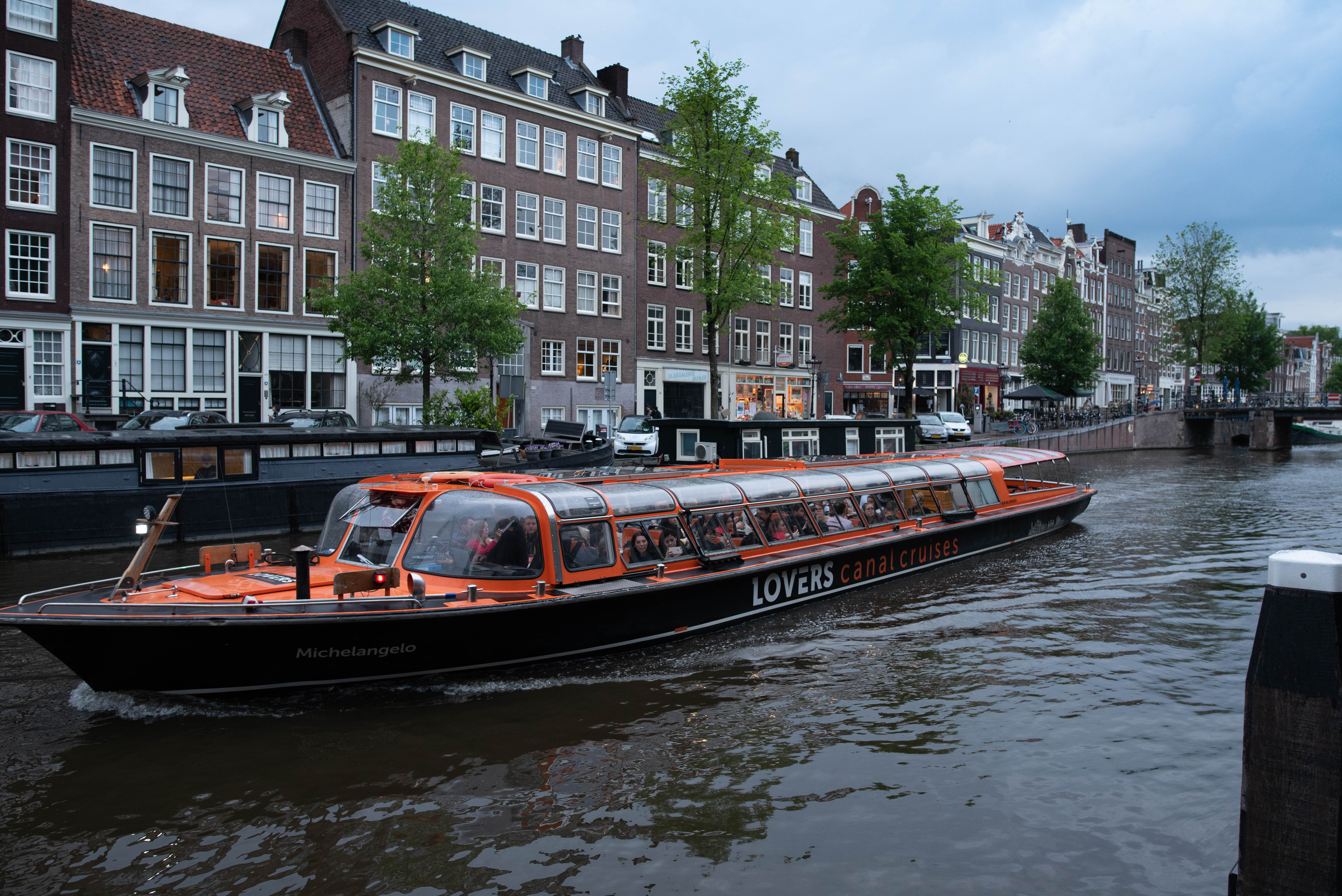City of Amsterdam, Netherlands
Written and photographed by Joe Wabe.
They say “home is where your heart is,” and now my heart is in Amsterdam. Many years ago, I made a promise to my Dutch friend that I was going to visit her. It was not an empty promise. I really felt I would visit one day, and even though many years went by, the moment finally came when all the circumstances were set at the right time. I have traveled to many big and popular cities, but Amsterdam has been by far one of the best. I discovered that what many people call a “small city” was actually bigger than I thought, perhaps not in size and population, but in terms of things to do and experience. I discovered that Amsterdam was more than the coffee shops, canals, and red-light district.

Clean City
Amsterdam has been catalogued as one of the cleanest cities in the world. The city is surrounded by lots of green spaces and parks, and most people commute by either bicycle or public transportation. Amsterdam has more than 600,000 bicycles roaming the city and a large percentage of the cars are electric. The city currently pilots forms of transportation to make parts of the city emission-free, including taxis, mopeds, scooters, buses, and boats. And as part of the Clean Air Action Plan, the Amsterdam City Council plans to ban gasoline and diesel cars by 2030.
City of the Arts
Amsterdam is not only the home of the Rembrandt and Vincent Van Gogh museums but also the cultural capital of the Netherlands. The city is host to an incredible variety of artists, museums, performances, and concert venues. Culture and the arts are the foundation of the city, which not only enriches the lives of the residents but also the many visitors that come every year. The city has invested a great deal in the arts, and this has paid huge dividends. The mission statement of the Amsterdam Arts and Culture Memorandum is “Just as Amsterdam belongs to everyone, so do the arts.” So with a clear vision that art should be available to everyone, this city is definitely a paradise for art lovers.

City of Canals
Amsterdam is the most watery city in the world. Its canals and harbors, which contain both salt and fresh water, fill a full quarter of its surface. Its old Canal Belt was placed on UNESCO’S World Heritage list in 2011. Each canal has a rich history and important and interesting sights. The first canals were dug for water management and defense, but with the passing of time, they became important passageways for the transport of merchandise. The city, which is also known as the “Venice of the North,” has 165 canals and hosts 1,281 bridges that now function as major tourist attractions. The government ensures that the water stays clean and, as a result, every year the canals get cleaner and cleaner.

City of Beer
Beer has been brewed in the Netherlands for ages. The country’s hop gardens first appeared in the 14th century and breweries blossomed during the Middle Ages. Amsterdam became a major brewing center in the 15th century, and in that period of time, beer was one of the few things that could be consumed safely, since water was often contaminated and milk had a very short shelf life. Amsterdam is not only the home of the Heineken and Amstel breweries, but it hosts many micro-breweries all over the city, and every pub in the city usually offers a vast selection of world-class craft beer. Supermarkets are no stranger to variety either. You will never suffer from the lack of a good ale or lager, and best of all, many brews are very affordable.

City of Beautiful Clouds
In general, the weather in Amsterdam is not one of the best since it is a little unpredictable; however, among the most impressive weather factors are the beautiful and unique cloud formations that are on display up in the sky on most days of the week. These cumulus clouds inspired many famous painters in the past, like Rembrandt and Jacob van Ruisdael (some clouds are even called Ruisdael clouds). There is a general belief that because there is so much water in and around the city, a greater amount of reflection is generated, creating moisture-rich gray skies that make for hard contrasts. The impressive views before sunset make Dutch skies a must-see experience. Even in the Dutch language there are many different names for different types of clouds, like cauliflower, sheep, anvil, and stacked clouds.
Safe City
Amsterdam ranked sixth on the list of safest cities in the world to visit and number one in Europe according to The Economist[1] magazine. Although stolen bikes and pickpocketing might occur from time to time (mostly to tourists), the chances of being the victim of violent crimes are very small. According to the city council, crime rates are decreasing every year. Of course, places like the red-light district are still considered dangerous due to the fact that they are mostly controlled by gangs and because of the trafficking of illegal drugs, but other than that, you can walk around pretty safely, do whatever you want, and all without much worry.

Additional ingredients of this amazing city are its impressive architecture, friendly people, amazing food, stunning sunsets, and futuristic designs, to name a few. I could go on and on, but this short summary will give you an overall idea of why my heart is in Amsterdam and why I believe this city is more than just coffee shops and a red-light district. If you have plans to visit Europe, be sure you make Amsterdam part of your itinerary. Doei!
Reference
[1] The Economist. (2017). Safe cities index: Security in a rapidly urbanising world. Retrieved from http://safecities.economist.com/safe-cities-index-2017
The Author
Joe Wabe is an established photographer and Gwangju local business entrepreneur. He has been contributing to the GIC and the Gwangju News for more than eight years.




